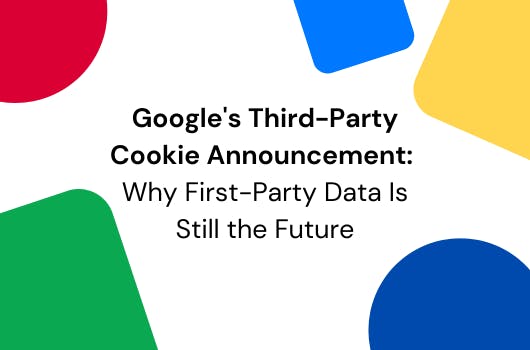In the constantly evolving landscape of digital marketing, where third-party cookies are disappearing and traditional measurement models are being challenged, the KPI metrics we have historically relied on to measure success are gearing up for a revolution. We have always resorted to broad metrics, which apply to everyone equally, such as Cost per Lead (CPL) in insurance or revenue from sales and Lifetime Value in ecommerce sites. However, this approach overlooks the nuanced ways in which different audiences interact with brands, especially as digital platforms diversify and consumer behaviors change. It's time to ask: Are we measuring what really matters?
The core of the problem lies in the homogenization of success metrics across disparate audience segments and industries. For example, focusing solely on CPL in insurance or revenue in ecommerce ignores the richness of consumer engagement and the varied paths to purchase. In the digital era, where a young audience might interact with a brand through TikTok reels or Instagram stories before entering a physical store, traditional metrics fall short. The realm of digital marketing is ready for a paradigm shift towards ‘personalized’ KPIs—measures that resonate with what is genuinely important for different demographics, channels, and even bridging the gap between online and offline.
Example with the late Millennial and Gen Z target
Let's take a look at the younger target audience as an example, who often interacts with brands through ephemeral content on platforms like TikTok. For them, the journey may not begin with a visit to the advertiser's website, but with engaging and shareable content. Therefore, a KPI focused on ‘engagement through social media content plus increased traffic in-store’ could be more relevant than ‘time on site’. This approach requires a deep analysis of social platforms, measuring not only views but also the depth of interaction, the ability to be shared, and the transition from online engagement to offline action. Furthermore, another interesting KPI would be the Engagement-to-Action Ratio (EAR). This indicator measures the effectiveness of digital content not only in generating interaction (likes, comments, shares, views) but also in driving specific business actions, such as app downloads, registrations, or store visits. The EAR is crucial because it directly links the success of digital content strategy to concrete business results, encouraging companies to develop campaigns that not only capture attention but also motivate the young audience towards specific business objectives, ensuring that digital marketing significantly contributes to business performance.
In the ecommerce realm, beyond the famous LTV, metrics tracking the customer journey across platforms, from initial engagement to post-purchase support, offer a more holistic view of success. This could include ‘cross-platform engagement scores’ or the trendy KPI ‘Omnichannel Conversion Rates’.
Challenging Boundaries
The discussion about ‘attention’ as a metric is gaining traction, but it is essential to scrutinize its relevance beyond the noise in the industry right now. Does capturing attention translate into meaningful engagement or conversion? It's time to explore alternative metrics that can offer deeper insights into consumer behavior. For example, ‘Emotional engagement’ measured through social sentiment analysis or ‘brand impact’ evaluated by consumer-generated content. Furthermore, AI in big data analysis can uncover patterns and KPIs that we may not have considered. Predictive analytics could redefine success metrics, focusing on potential future behaviors rather than past actions.
Conclusion
In conclusion, as digital marketing continues to evolve, so must our approach to measuring success. By developing personalized KPIs that reflect the unique ways different audiences interact with brands, we can gain deeper insights into what drives meaningful engagement and conversion. This shift requires the willingness to challenge the status quo, experiment with new metrics, and embrace the complexity of consumer behavior in the digital age. The future of digital marketing lies in its ability to adapt, measuring not only what is easy but what is important. And what is important today may not be tomorrow.



